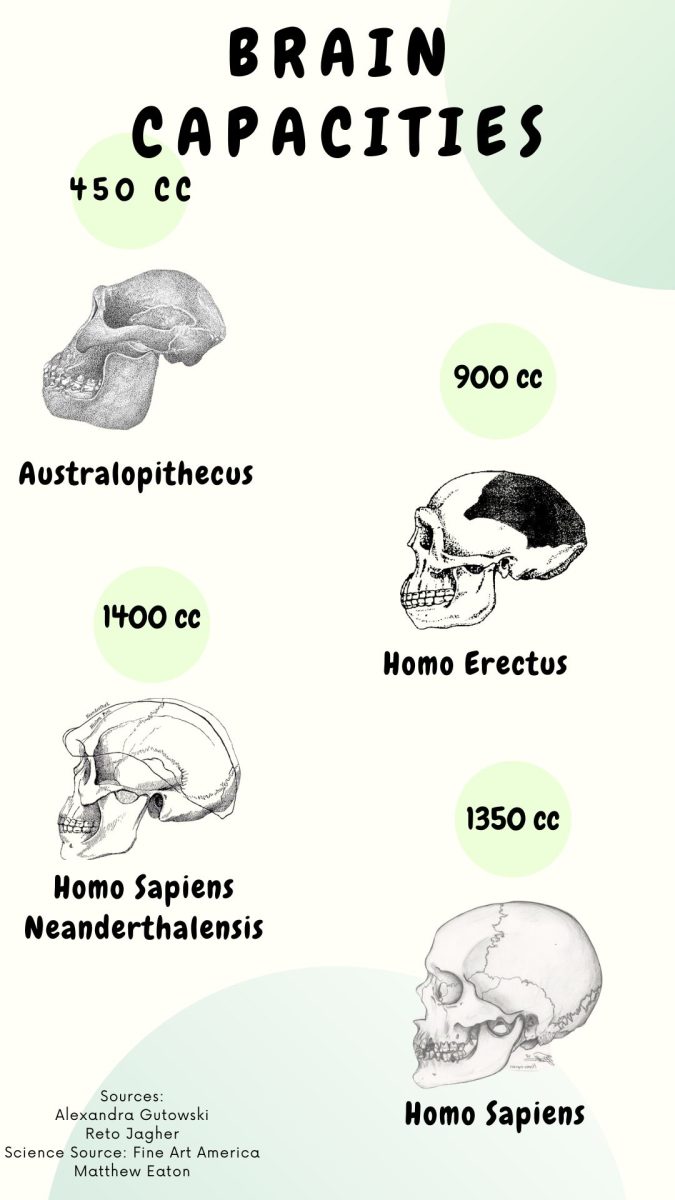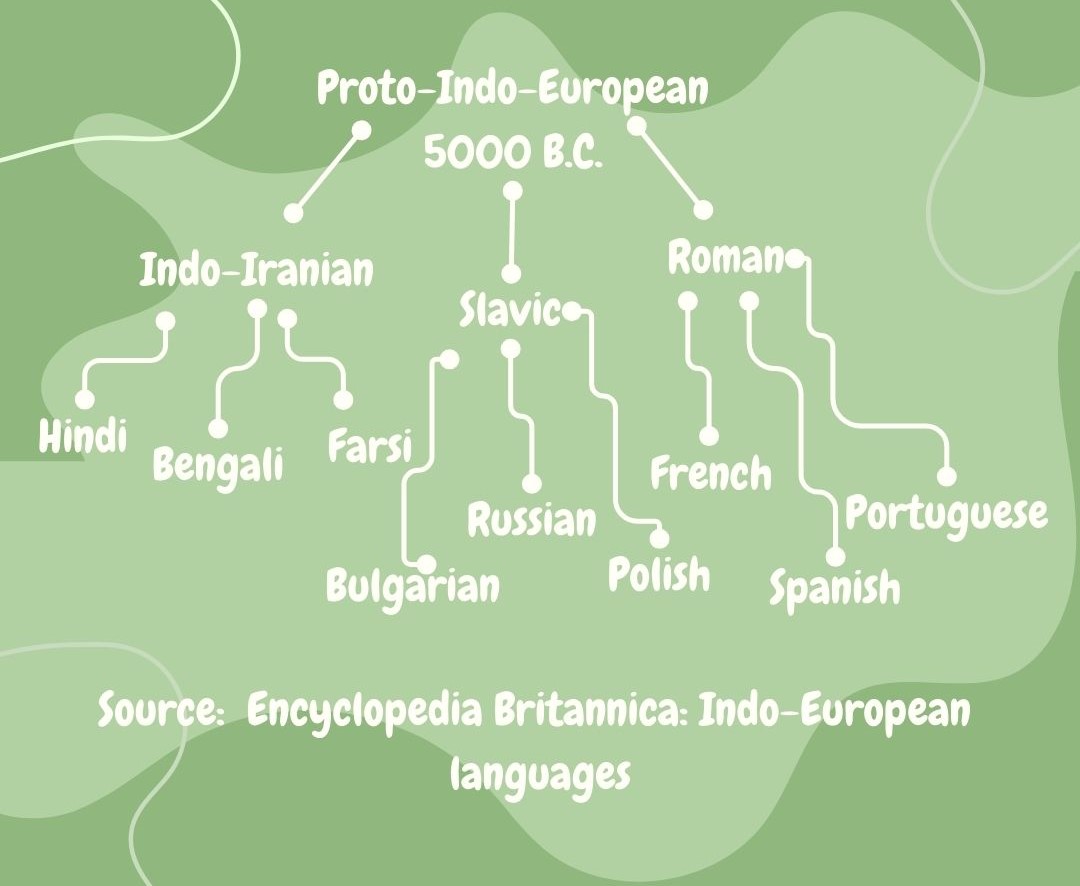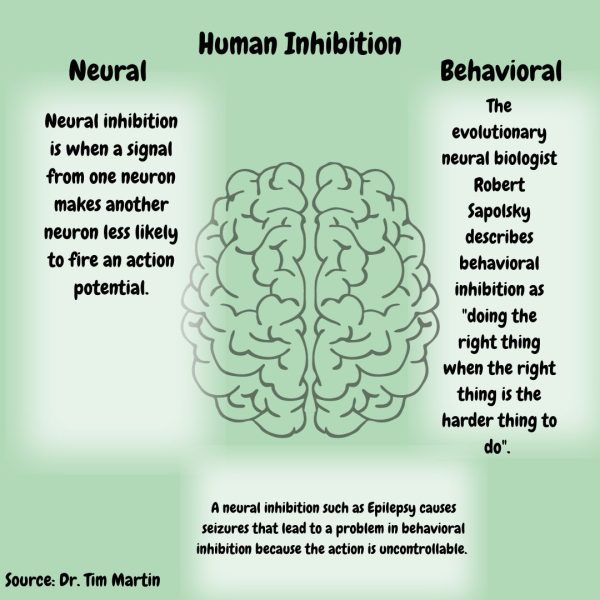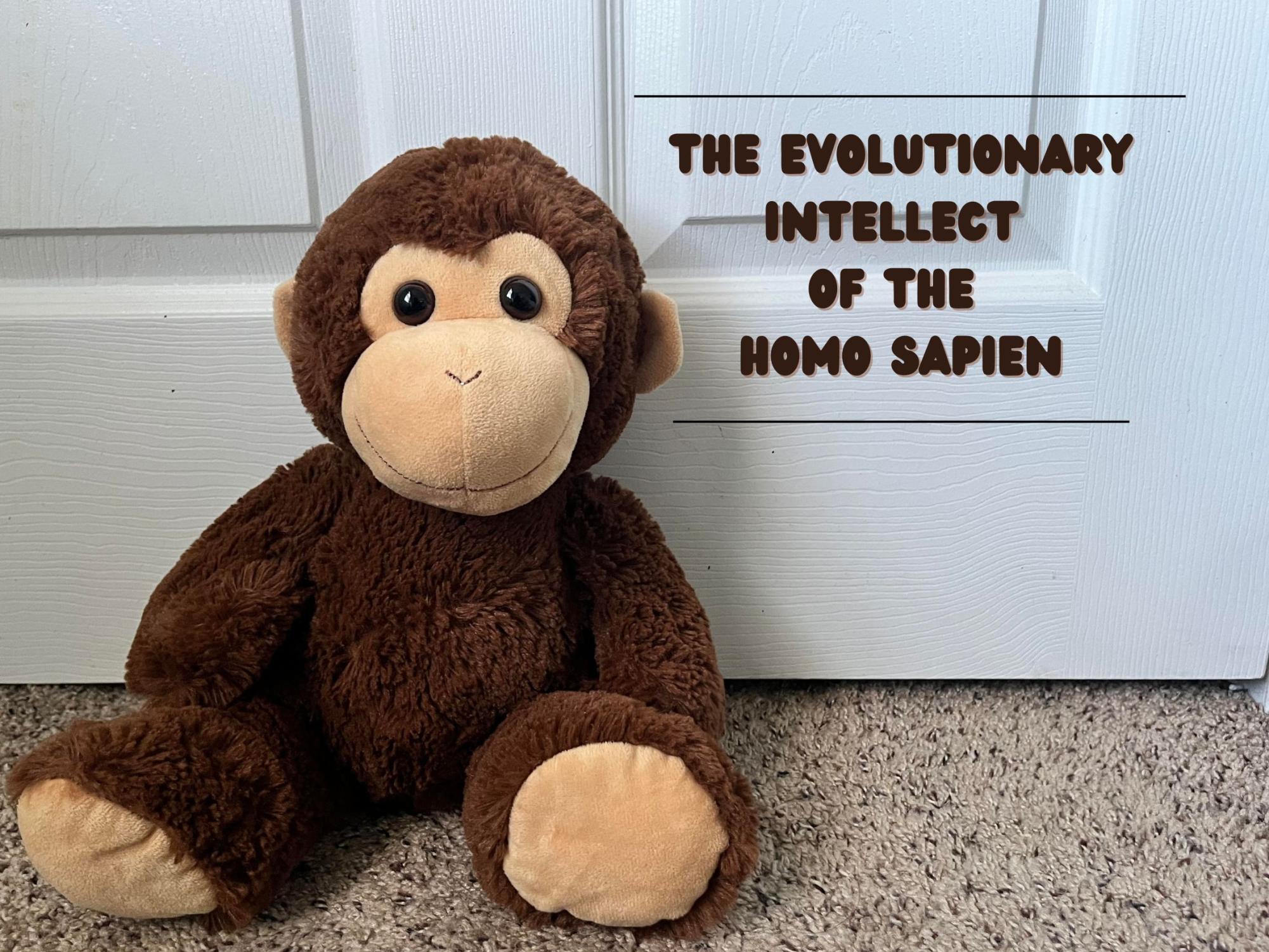Throughout history, the concept of human evolution has undergone drastic changes, reflecting a diversity of cultural backgrounds, child discipline and individual life experiences. Whether during adolescence—10 to 19 years of age—or into one’s twenties, human development occurs through various stages of maturation, each at a unique pace. The continuous adaptation and evolution of human brains mirror the dynamism of life on Earth. Human evolution shows the relationship between diverse physical and mental characteristics among humans, providing rise to traits like bipedalism, the ability to walk on two legs, and perceptual and cognitive abilities such as the language capacity of human speech. As of 2022, researchers have identified 15 to 25 different human species, each remarkably similar to one another. Currently, the majority of those human species leave no living descendants, leading scientists to debate over the classification of each species and what characteristics led them to extinction.
“The very first humans that left Africa were the Polar Erectus which spread over most of the globe over many thousands of years. Although, we do not really have any soft tissue from them so we don’t know what their hair or skin was like. We know based on their skeletal diversity and because of how long they were around, that the Homo erectus probably would have been a much more diverse species than we modern humans are. While some Homo erectus evolved on a line that eventually led to modern humans, there is still controversy about this idea because there are subtle differences between all species,” Kennesaw State University’s Assistant Professor of Biology Nick Green, Ph.D. said.

Early humans’ first migration out of Africa and into Asia occurred approximately two million years ago. Around this time, the forests in Africa endured a significant transformation, evolving from dense landscapes into expansive, open, Savanna grasslands. This environmental shift facilitated tool development, leading to greater language capacity through interactions with other humans meaning the rise of civilizations and the beginnings of agriculture occurred within the past 12,000 years. As the human body grew larger, it produced a more complex brain that provided a significant advantage when facing unfamiliar habitats and social interactions. The modern human brain has tripled in size since the first living primate walked the Earth, making it the most complex among living species.
“Being in a social group requires a lot of brain power. You must be able to recognize individuals, remember what they have done for you and to you in the past, who shared their meat and who didn’t, who put you in danger, who might make a good mate, who might betray you, who to cooperate with, compete with, and fight. Those proto-humans who did these tasks better left more offspring, while those who did not do it well did not become our ancestors,” Kennesaw State University’s Assistant Professor of Psychology Tim Martin, Ph.D. said.
Early primates did not possess a true language; instead, they relied on sounds and symbols as their means of communication. Primates used wind whooshing sounds as a form of communicating windy weather conditions to others or imitating the sound of a bird to let others know they located a bird. A study conducted by the British Broadcasting Corporation (BBC), discovered Neanderthals possessed anatomical features such as the hyoid bone, tongue nerves and hearing range that resemble modern human anatomy. These Neanderthals—who inhabited Europe and the Middle East— lived with complex language abilities, but their limited vocal range seemed to cause their extinction about 28,000 years ago. The skeletal remains left behind by Neanderthals allowed researchers to discover evidence leading toward the levels of their language abilities. The ability to speak two languages stemmed from these early primates who actively communicated using their anatomical features to increase their vocal range; The Anglo-Saxons became the first to speak English.
Prehistoric languages, or proto-languages, evolved from historical languages into dialects known today. This progression explains why languages such as Spanish and Portuguese sound similar. Interestingly, NC stands as the only high school in Georgia to offer a Portuguese course for students. Numerous languages descend from a proto-language that developed over time, leading to the formation of language families. For example, Latin became the proto-language of the Romance language family which includes French, Italian, Catalan and others.
The differences of proto-languages seem minuscule as they contain similar vocabulary. Romance languages, specifically, trace back not only to past ancestors but to the language of the Roman Empire. Other forms of proto-world development involve proto-sapiens, which society now acknowledges as past ancestors. With growing intelligence, humans began exploring different continents including the domination of the Middle East, Asia and parts of Europe by the Mongols in the 12th century which led to the emergence of diverse art forms, including complex symbolic expressions. By collecting reeds from river beds and pressing them into clay slates, these ancestors created the earliest known writing system in the fourth century B.C. Similarly, as discussed in AP World History, the Mongol conquest opened overland trade routes in the 12th century, sending new innovations such as printing techniques and variations of money.

The evolution of human thought processes evolved at the same rate as the physicality of the human body through the influence of technology. Human brains endure neural and behavioral inhibition that tackle what humans can and cannot control, and the behaviors that follow the decisions they make. Through this, primates learned to develop skills needed to live their everyday life in a constantly changing environment. If humans did not develop necessary skills such as reading and writing, they could not meet the demands of the 21st century’s ever-changing world.
“Neural inhibition is when a signal from one neuron makes another neuron less likely to fire an action potential instead of more likely to fire. This is used commonly throughout the brain to help the brain arrive at a correct representation. To give a relatively simple example, if you are looking at a painting, one of the things your visual system must do is figure out where the painting ends and the background begins, something called boundary segmentation. Inhibition of neurons responding to parts of the visual field just outside the boundary helps the brain build a representation of the painting that includes only things inside the boundary, so you don’t get confused about what is in the painting and what is not,” Martin said.
As humans developed complex brain capacities, developmental and neurological disorders emerged. Common neurological disorders include Autism Spectrum Disorder, Alzheimer’s Disease, Epilepsy and developmental disorders include Cerebral Palsy, Attention-Deficit Hyperactivity Disorder (ADHD) and Down Syndrome. Doctors consider autism a developmental disorder because symptoms generally appear within the first two years of life. The National Institute of Health (NIH) explains the idea that while humans developing complex skills as they evolved benefitted modern-day species, these abilities caused humans to become further susceptible to neurodevelopmental and neurodegenerative disorders.
“100 years ago, the amount of people with neurological disorders [was]significantly lower. Evolution was influenced by ‘survival of the fittest’ so if a [primate] had a neurological disorder, they would not have had a chance of survival. Since that is no longer the case, anyone born with them is treated medically and is able to live a good life. [This means] one can infer that evolution has a part to play since genetics are changing over time,” magnet sophomore Peyton Paris said.
Through the neurodegenerative and neurodevelopmental disorders that came about among early humans, mental capacities, speech and physical aspects of humans became affected by the loss of specific groups of neurons in the human brain that carry out daily functions. The first signs of neurodegenerative disorders become discovered during the preschool years—ages three to five—in modern-day humans. Early primates carried various autism-linked mutations, leading to the advancement of autism in modern-day humans, meaning non-primate humans show autism and other neurodevelopmental mutations clearly. Medical researchers created rehabilitation and treatment centers to meet the specific needs of each patient whether they require behavioral, occupational, neuropsychological or physical therapy. These centers provide hope for patients and families as they pursue treatment for humans of all ages which solves much stress and fear among communities.

The physical results of human evolution turn out to become easily noticed as young children mature from the anatomy of early primates. With every challenge a primate experienced, the easier the brain understood that certain challenge or issue encountered. Early human structures and physical features allowed doctors and scientists to discover new medicines and preventatives for rising medical conditions by examining ancient anatomy. Without the research of human anatomy, schools would not partake in educational field trips to local history museums such as the Fernbank Museum which allow young minds to learn about past ancestors. Throughout the past seven million years, evolution explained the way early humans developed disorders, learned to live together and developed complex brain patterns to sustain themselves during the rise of change in the following centuries.















